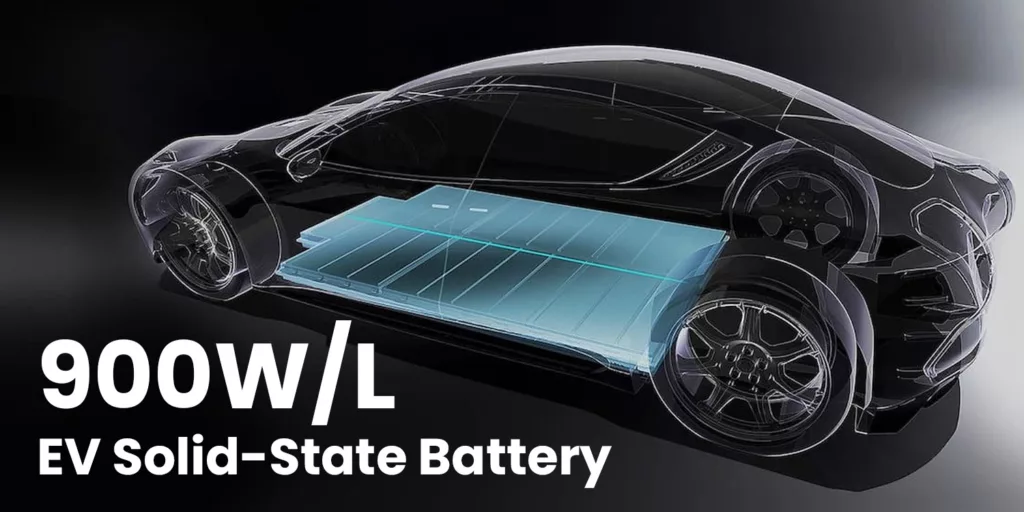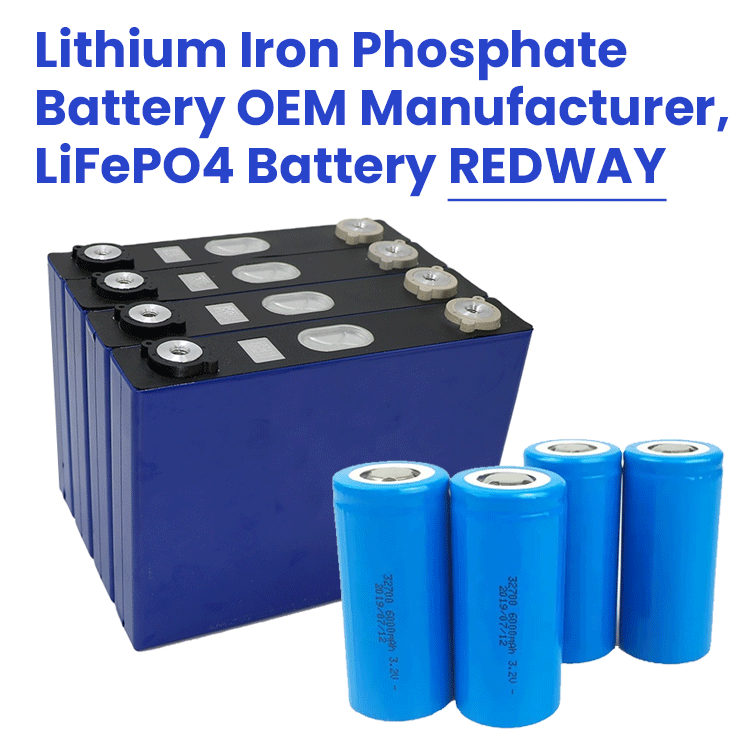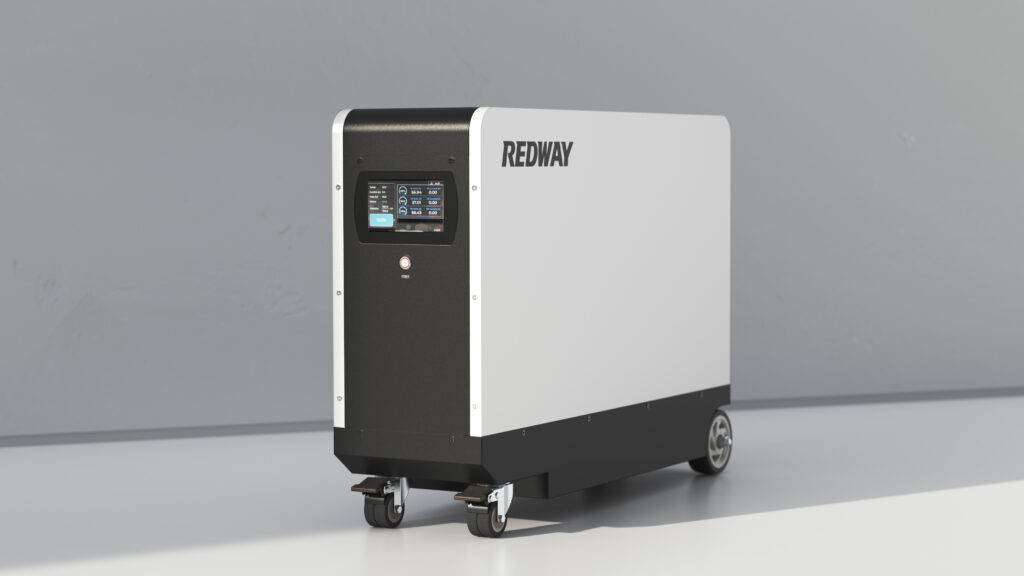A 24V lithium-ion battery is a great pick for many electrical needs. It boosts your devices and systems, whether you have an electric vehicle, a home backup power system, or power tools. It’s better than other batteries in several ways.
One big plus of this battery is that you can charge it over and over again. So, it saves you money in the long haul. Plus, you can charge it in many ways, which is super handy.
Being good for the earth is another win for these batteries. They don’t have bad stuff like lead or mercury. So, they’re safe for us and for our planet.
These batteries, at 24V, give strong power to lots of devices. It helps everything work well and use energy wisely. No matter if it’s your car or heavy-duty tools, it’s got the power you need.
Key Takeaways:
- A 24V lithium-ion battery is rechargeable and can be used in various applications.
- It offers compatibility with different charging methods for convenience.
- 24V lithium-ion batteries are environmentally friendly.
- They provide robust power for a wide range of devices and systems.
- Investing in a 24V lithium-ion battery can enhance the performance and efficiency of your electrical systems.
What is a 24V Battery and Its Uses?
A 24V battery is a lithium-ion rechargeable cell. It provides 24 volts when it works. This type of battery is found in electric vehicles, home energy storage, and power tools.
At home, it saves money by storing solar power. It’s great for running power tools too. This is because it has a lot of power and is light to carry.
In RVs, it’s used to power things without polluting. This means less need for generators that use fuel.
How Many Cells Does a 24V Industrial Battery Have?
A 24V industrial battery uses lithium-ion cells just like other batteries. Each cell gives out 3.2V. When you link eight cells together, you get a 24V battery with a total of 25.6V. This setup makes sure the battery works well with 24V systems and inverters. The number of cells can change based on the battery’s size and what it’s used for.
Let’s look at an example to see how a 24V battery is made:
| Number of Cells | Voltage per Cell | Total Voltage |
|---|---|---|
| 8 | 3.2V | 25.6V |
In our example, a 24V industrial battery uses eight 3.2V lithium cells. When these cells are joined in series, their voltages come together. The result is a total of 25.6V. This setup is key for the battery to work with 24V systems and inverters properly.
The amount of cells in a 24V battery can change. It depends on what power level is needed and its specific use. Different battery configurations are used by makers to improve performance for various uses in industry.
Knowing the parts of a 24V battery is crucial. It helps you pick the right battery for what you need. Whether it’s for electric vehicles or power storage systems, understanding cells and their voltages helps things run smoothly and with power.
The Difference Between a 12V and 24V Battery
The big difference between a 12V and 24V battery is how much power they hold. A 24V battery has double the power of a 12V, even with the same “Ah” rating. They are both used for different tasks but a 24V is stronger.
The “Ah” rating tells us how much energy a battery can keep. By multiplying voltage with Ah, we find the battery’s power. With a bigger voltage, a 24V stores more energy than a 12V of the same Ah.
12V batteries fit well in cars and RVs. Yet, 24V systems have benefits for jobs needing more power.
24V systems use smaller and cheaper wires for long distances. This is because the higher voltage lets the battery send power further with ease.
Also, 24V batteries are great for tasks using motors and inverters. Their higher voltage helps these tools work better for hard jobs.
In the end, choosing between 12V or 24V depends on your needs. 24V batteries have more power and special uses. Knowing this helps pick the best battery for each job.
Choosing the Right Charger for Charging a 24V Battery
Choosing the best charger for a 24V lithium battery is key. It ensures the battery performs well and lasts long. You need a charger made for 24V batteries to provide the right power safely. When choosing, think about:
1. Charger Compatibility
Make sure the charger works with 24V batteries. Look at the specs or ask an expert to confirm it’s a good fit.
2. Capacity
Think about how fast the charger can power up your battery. It must give enough power to charge a 24V battery in good time. A faster charger is great, but it should also keep your battery healthy.
3. Temperature Considerations
Chargers with temp compensation adjust to the battery’s warmth. This keeps the charging safe and effective, no matter the outside temperature. Make sure your charger can do this.
4. Ventilation
Good ventilation in the charger is vital. It stops the charger from getting too hot, which could damage it. Look for vents or fans to keep the charger cool.
5. Charger Safety Features
Find a charger that has extra built-in safety, like protection from overcharging or short circuits. This keeps your battery safe while it charges.
“Selecting the right charger is crucial for effectively charging a 24V battery while prolonging its lifespan.”
Consider these tips to find the best charger for your 24V battery. Always follow what the manufacturer suggests for charger use to keep it safe and efficient. With the right charger, your 24V battery will be ready for all your needs.
| Factor | Consideration |
|---|---|
| 1. Charger Compatibility | Ensure compatibility with 24V batteries. |
| 2. Capacity | Select a charger with an appropriate charging capacity. |
| 3. Temperature Considerations | Check if the charger has temperature compensation features. |
| 4. Ventilation | Ensure proper ventilation for heat dissipation. |
| 5. Charger Safety Features | Look for features such as overcharge protection and short circuit protection. |
Different Methods of Charging a 24V Battery
There are different ways to charge a 24V battery. You can use a special battery charger, solar panels, or a generator. Each way has its own good points and things to think about.
Charging a 24V Battery with a Battery Charger
If you use a charger made for 24V batteries, it gives the right power without too much risk. These chargers are made to work well with your battery’s needs. Pick one that fits your battery size to get the best result.
Charging a 24V Battery with a Solar Panel
Solar panels are great for the environment and perfect for places without power lines. They turn sunlight into electricity. However, to charge a 24V battery, you need a solar charge controller. This device makes sure the power goes safely from the panels to the battery.
Charging a 24V Battery with a Generator
A generator is useful when you can’t use solar panels or regular power. It works by burning fuel to generate electricity. It’s very important to make sure the generator fits your battery and to follow the safety rules for charging.
Knowing these ways to charge a 24V battery helps you choose what’s best for you. You might pick a charger, go with solar power, or use a generator. Each method helps you keep your battery full and always ready.
Voltage and Current Requirements for Charging a 24V Battery
Charging a 24V battery right is crucial. It needs the right voltage and current to charge well. The charging voltage should be a bit more than the 24V battery’s usual voltage, about 29 volts. This helps the battery fill up with energy effectively.
Using the right charging current is also very important. Charge the 24V battery with a current between 10% and 30% of its capacity. Doing this protects the battery from harm and makes it live longer.
The exact voltage and current you need might change. It depends on who made the battery and its type. Always check the battery’s manual for the best charging details.
| Charging Parameter | Ideal Range |
|---|---|
| Charging Voltage | ~29 volts |
| Charging Current | 10% to 30% of battery capacity |
Following these guidelines will help you charge your 24V battery safely and well. This will keep it working great and lasting a long time for many jobs.
How to Determine If a 24V Battery is Fully Charged
To ensure a 24V battery is at full power, you must check it’s fully charged. This is crucial for getting the most out of it over time. Luckily, there are a few solid ways to know if it’s at its peak.
Monitoring Battery Voltage Reading
One way is to watch the voltage as it charges. A battery’s voltage goes up as it fills up. When it hits a certain level, you know it’s full. You can check this with a voltmeter or a BMS. When the voltage stays steady at this level, the battery is good to go.
Observing Charging Current Decreasing
Watching the charging current go down also shows a full battery. This drop happens as the battery’s internal resistance grows. A very low current means the battery is fully charged for sure. This sign tells you it’s ready to be used.
Tip: The current might not reach zero because of some natural and technical reasons. But, a very low current means the battery is fully charged.
Utilizing a Battery Management System (BMS)
To get the most accurate info, use a BMS. It’s a smart system that keeps an eye on the battery’s health. It tells you exactly how much charge the battery has. With a BMS, you can see clearly when the battery is fully charged. It often comes with displays to make this checking easy.
By using these techniques, like keeping an eye on the voltage, current, and a BMS, you can know for sure if a 24V battery is fully charged. This helps avoid overcharging and ensures the battery gives its best performance when you need it.
Tips for Safe and Efficient Charging of 24V Batteries
Charging 24V batteries correctly is crucial for your safety and the battery’s life. Following the right steps will keep your batteries working well for longer.
1. Use the right charger
It’s vital to use a charger made for 24V batteries. These chargers give the right voltage and current. This helps stop overcharging and damage.
2. Consider temperature considerations
Extreme temperatures can harm battery performance and life. Charge your batteries where the temperature is controlled. This keeps charging safe and efficient.
3. Provide proper ventilation
Batteries can get hot when charging. Good ventilation helps prevent overheating. This keeps the batteries safe and working well.
4. Avoid overcharging and deep discharges
Overcharging shortens a battery’s life and can damage it. Deep discharges also harm the battery. Keep your batteries in the right charge range to make them last longer.
5. Follow the manufacturer’s guidelines
Manufacturers have specific rules for charging their batteries. Read and follow their instructions. This keeps your battery warranty valid and ensures the best performance.
By sticking to these tips, you will efficiently charge your 24V batteries. This leads to better performance and a longer battery life.
Charging 24V Lithium Battery vs. Charging 48V Lithium Battery
Understanding the difference in charging 24V and 48V batteries is crucial. While the process is similar, the requirements for voltage and current differ.
To correctly charge a 48V lithium battery, ensure that you use specific charging settings. These settings will be higher than those for a 24V battery.
It’s vital to use the right voltage and current to prevent battery damage. Checking the manual for your battery’s specific needs is a wise step.
Knowing and applying these differences in charging can help keep your lithium batteries working well. This knowledge is helpful for both 24V and 48V systems.
Conclusion
Properly charging a 24V lithium-ion battery is key to making it work well. You need to know how it works and its needs to keep it running smoothly. Doing this helps the battery last longer and work better.
If you’re charging with a 24V battery charger, solar panels, or a generator, choose wisely. Make sure you follow the maker’s advice and handle it right with the right temperature and ventilation. This helps make sure the battery works at its best.
Make sure you charge safely to keep the battery in good shape. Don’t overcharge it or let it drain completely. This way, your battery will last longer, giving you more dependable power over time.
FAQ
What is a 24V lithium-ion battery?
A 24V lithium-ion battery is often found in electric vehicles and home energy systems. It offers strong power and is good for the planet.
What are the uses of a 24V battery?
Electric cars, energy storage at home, and tools use a 24V battery. It’s a green energy solution for various needs.
How many cells does a 24V industrial battery have?
24V industrial batteries usually have eight cells. Each cell has a voltage of 3.2V. This setup works well with 24V systems.
What is the difference between a 12V and 24V battery?
A 24V battery can store twice as much energy as a 12V one of the same size. It’s good for saving on wiring costs in big setups.
How do I choose the right charger for charging a 24V battery?
For a 24V battery, pick a charger made for it. Think about the charger’s size, how it handles heat, and proper air flow for best results.
What are the different methods of charging a 24V battery?
You can use a charger, solar panels, or a generator to charge a 24V battery. Pick the method that fits your situation best.
What are the voltage and current requirements for charging a 24V battery?
When charging, aim for 29 volts. The charging current should be 10% to 30% of the battery’s size.
How can I determine if a 24V battery is fully charged?
Watch the voltage, the drop in charging current, or use a Battery Management System for the best check.
What are some tips for safe and efficient charging of 24V batteries?
Make sure the charger is right, watch the temperature, and let air flow well. Don’t overcharge or let the battery fully run out. Always follow the manufacturer’s advice.
What are the differences between charging a 24V lithium battery and a 48V lithium battery?
The way to charge a 24V and a 48V battery is alike. However, a 48V battery needs more voltage and current. Using the right settings is key to prevent problems.





